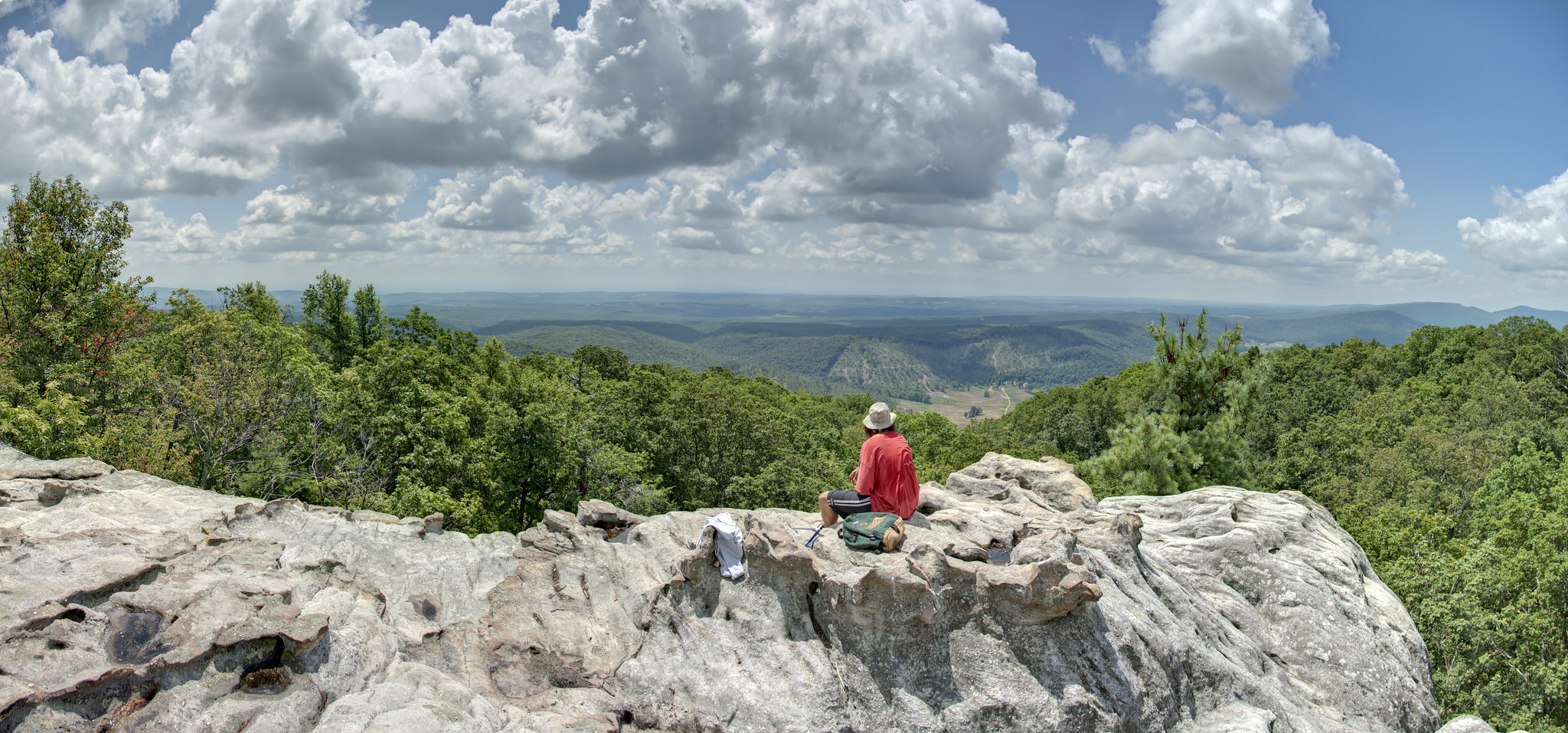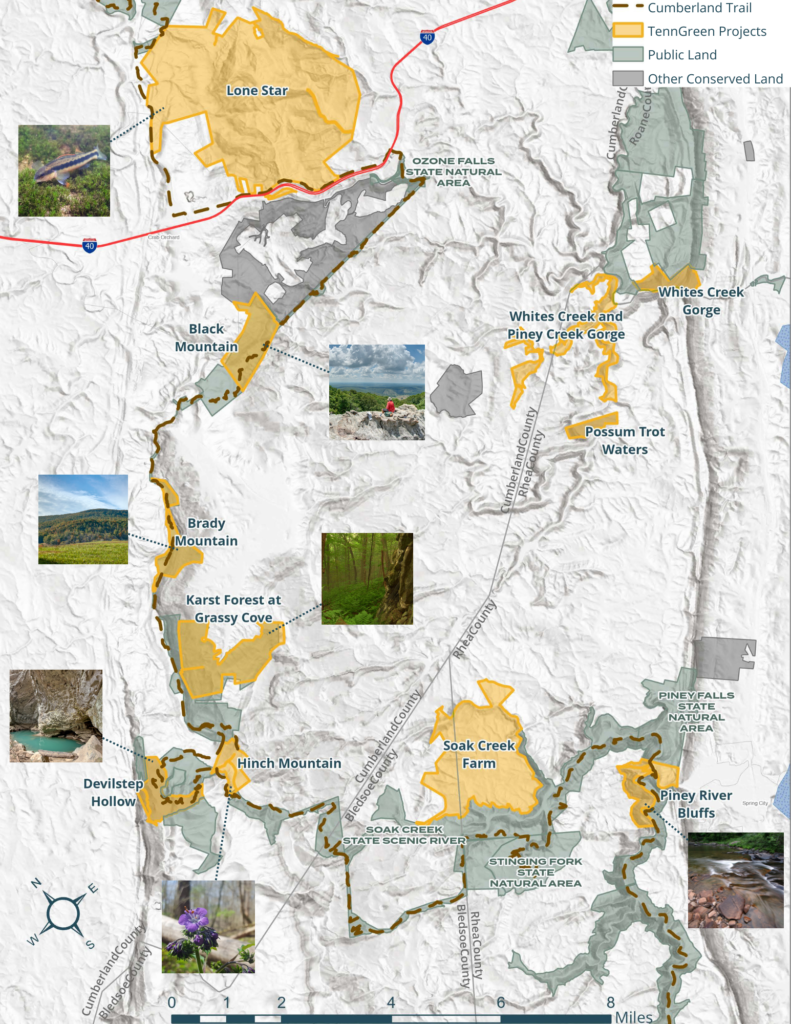The Cumberland Plateau, stretching across Tennessee, Kentucky, and Alabama, is a gem of natural beauty. Its awe-inspiring landscape features rugged ridges and deep valleys, sculpted over millions of years by erosion. The Plateau’s allure goes beyond its stunning sights: It’s home to a rich tapestry of plant and animal life, with many unique species found nowhere else. The region also has a fascinating history, with evidence of human habitation dating back thousands of years. All these remarkable aspects combine to make the Cumberland Plateau a beloved destination for nature lovers and outdoor enthusiasts.
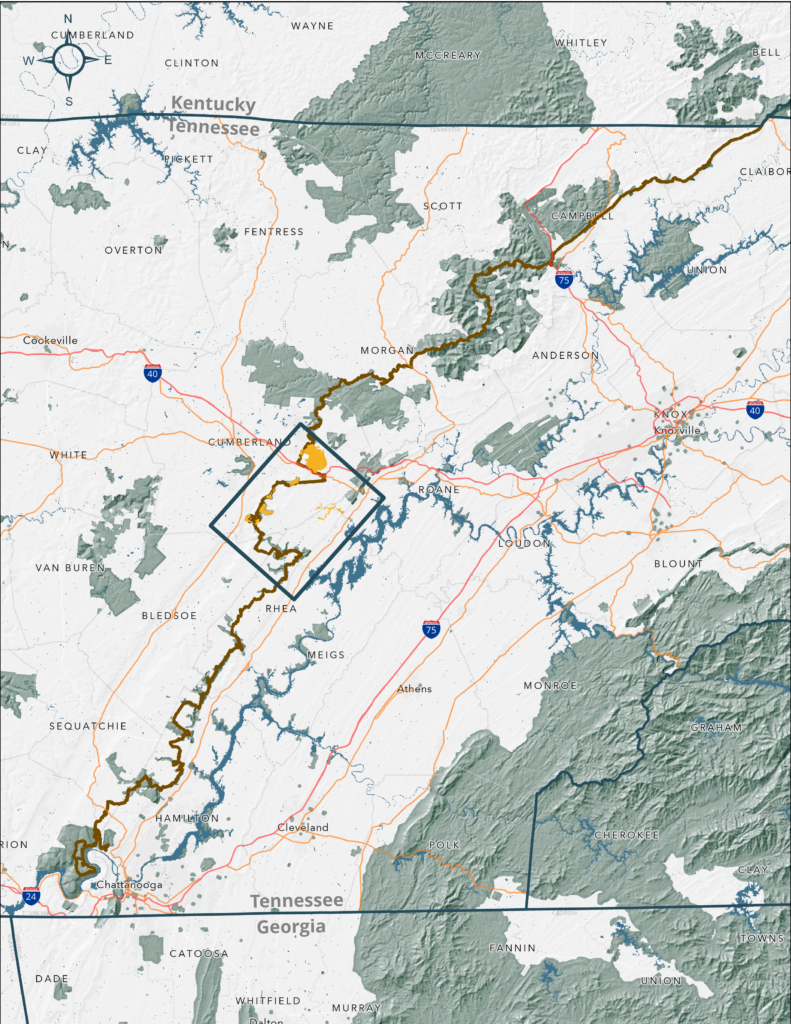 Throughout this natural splendor lies Justin P. Wilson Cumberland Trail State Park, commonly known as the Cumberland Trail. The Cumberland Trail is a long-distance hiking trail that spans over 300 miles from Cumberland Gap National Historical Park to the Tennessee River Gorge. Initially designated a State Scenic Trail in 1971 and later established as a State Park in 1998, the Trail showcases the beauty and complexity of the Plateau’s distinctive terrain. Though the Cumberland Trail is still under development, more than two-thirds of it is complete and open for exploration. Hikers on the Trail can traverse hardwood forests, scale rocky cliffs, and cross rushing streams, fully immersing themselves in the magic of nature. Additionally, the Trail passes through significant historical sites, such as Civil War battlefields and former mining towns.
Throughout this natural splendor lies Justin P. Wilson Cumberland Trail State Park, commonly known as the Cumberland Trail. The Cumberland Trail is a long-distance hiking trail that spans over 300 miles from Cumberland Gap National Historical Park to the Tennessee River Gorge. Initially designated a State Scenic Trail in 1971 and later established as a State Park in 1998, the Trail showcases the beauty and complexity of the Plateau’s distinctive terrain. Though the Cumberland Trail is still under development, more than two-thirds of it is complete and open for exploration. Hikers on the Trail can traverse hardwood forests, scale rocky cliffs, and cross rushing streams, fully immersing themselves in the magic of nature. Additionally, the Trail passes through significant historical sites, such as Civil War battlefields and former mining towns.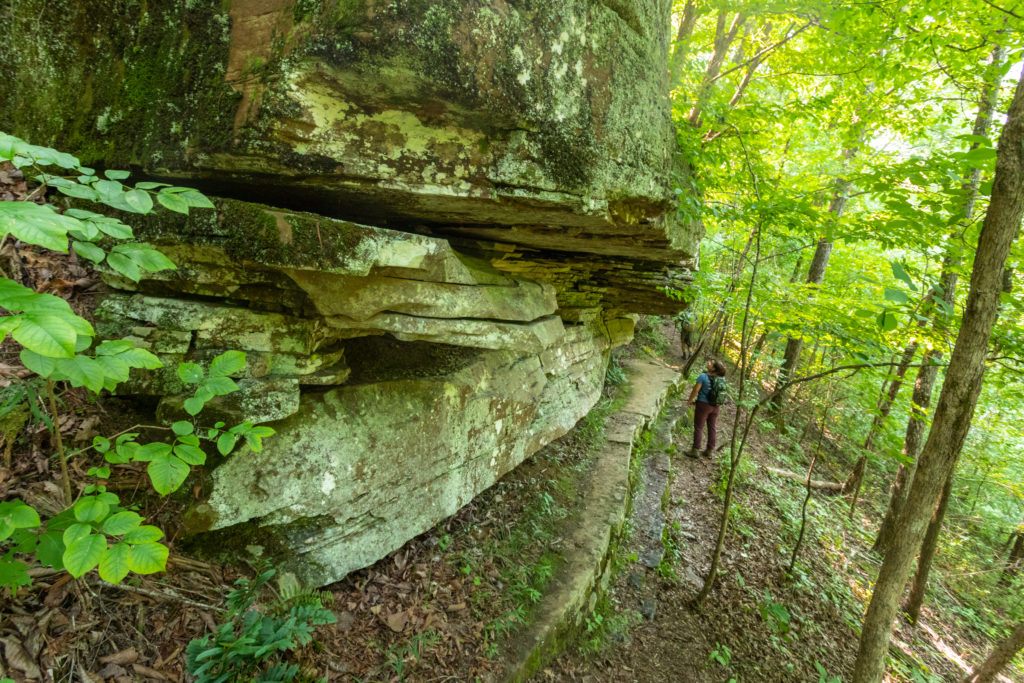
Yet, the Cumberland Trail represents more than just a scenic hiking route. The Trail illustrates the importance of large, connected corridors—a key focus of TennGreen Land Conservancy. These corridors, made up of unbroken habitats and connections, play a crucial role in maintaining the health and vitality of our environment. Without intentional land conservation, habitat fragmentation—caused by activities like building roads, farming, mining, and urban development—harms our ecosystems.
Connected corridors, like the Cumberland Trail, are essential for reducing the damaging effects of habitat fragmentation. These corridors help different species move around and adapt to environmental changes. They also function as networks supporting numerous rare and unique plants and animals. By offering additional places to live and promoting the exchange of genes, connected corridors increase the ability of populations to withstand and recover from disturbances, natural disasters, and the effects of climate change.
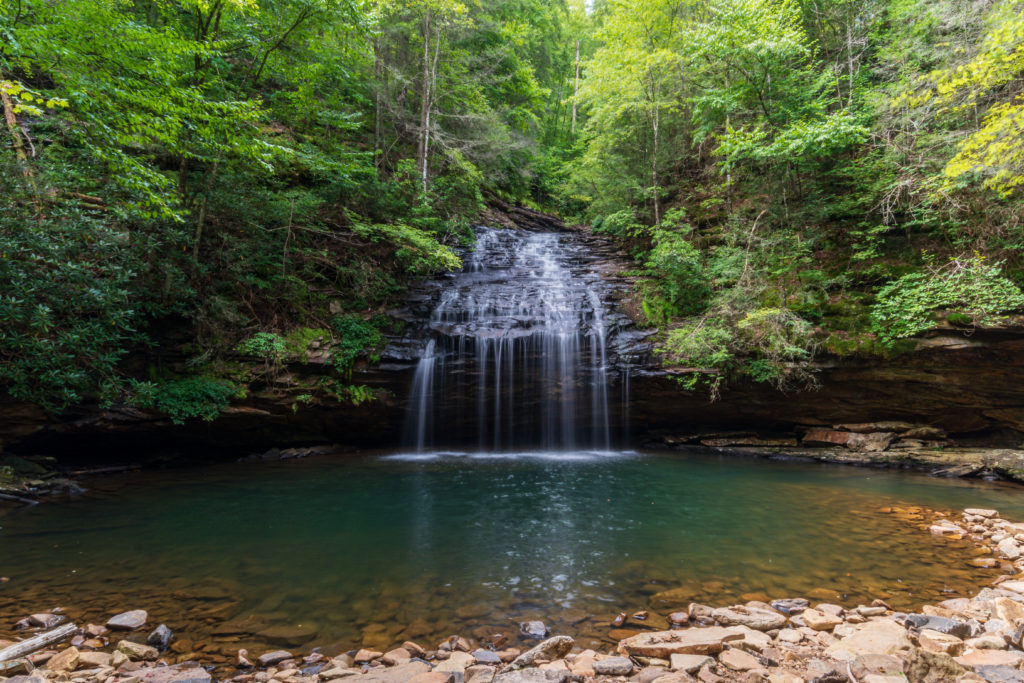 Connected corridors do more than just protect our plants and animals, too. They give us clean air and water, help with growing crops, recycle nutrients, and provide us with opportunities to connect with our natural world. The Cumberland Plateau, with its intact forests, gorges, waterfalls, and more, is a vital piece of the larger puzzle, contributing to the overall health and well-being of the entire region.
Connected corridors do more than just protect our plants and animals, too. They give us clean air and water, help with growing crops, recycle nutrients, and provide us with opportunities to connect with our natural world. The Cumberland Plateau, with its intact forests, gorges, waterfalls, and more, is a vital piece of the larger puzzle, contributing to the overall health and well-being of the entire region.
Since its establishment in 1998, TennGreen has been at the forefront of protecting the Cumberland Plateau. The organization’s collaborative efforts have yielded many successes, including these notable acquisitions to expand the Trail:
- Black Mountain (1998-2001)
- Brady Mountain (2006-2008)
- Devilstep Hollow & the Head of the Sequatchie (2007-2008)
- Karst Forest at Grassy Cove (2014-2017)
- Hinch Mountain (2018-2019)
- Lone Star (2019-2020)
- Emory River (2021-2022)
- Piney River Bluffs (2021-2022)

